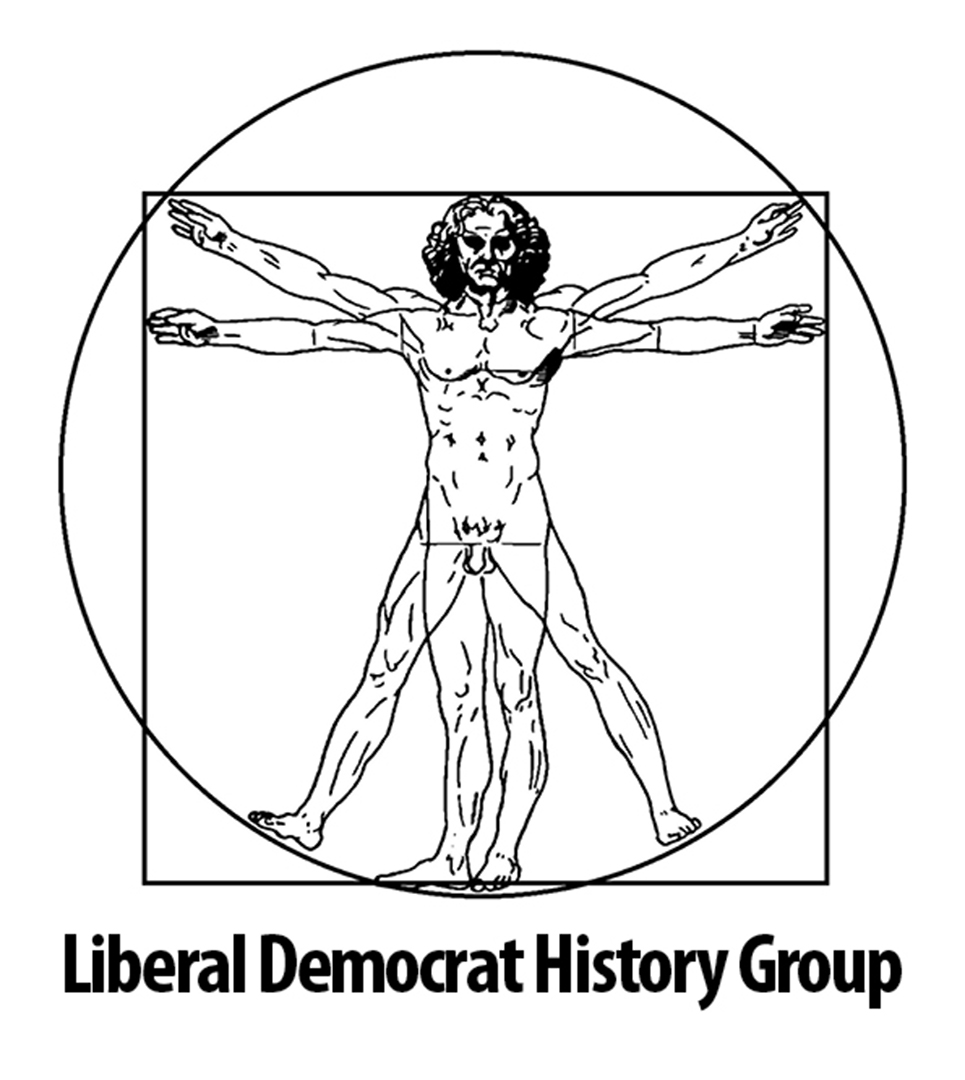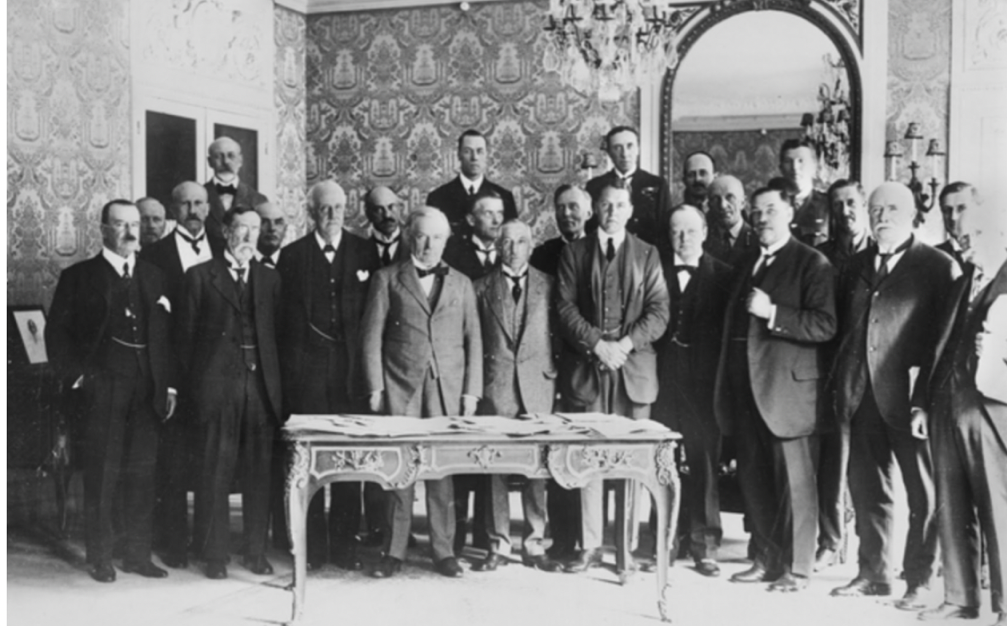Born on 21 April 1787 in the family’s Piccadilly home, Emily Mary Lamb was the 5th surviving child of Elisabeth Lamb née Milbanke, the wife of the first Viscount Melbourne, but the identity of her natural father is unclear. Emily’s brother, William, the second Viscount Melbourne, described their mother as an ‘excellent wife but not chaste, not chaste’. Lady Melbourne was socially and politically ambitious, forming a friendship with the celebrated Whig Hostess, the Duchess of Devonshire, and it was from both of them that Emily learned her skills.
From 1805, Emily married Peter Cowper, the 5th Earl Cowper who, though rich and handsome, lacked the ambition which might have retained Emily’s interest. As a patron of the exclusive dances held at Almack’s, she became an arbiter of fashionable society. Among those attending was Lord Palmerston who became her lover. While neither was wholly faithful to the other, Palmerston probably fathered two of Emily’s five children. Despite Emily’s infidelity, the Cowper marriage survived.
Born Henry Temple in 1784, Palmerston inherited his title in 1802. Between 1809 and 1828, he was Secretary at War in Liverpool’s and Canning’s Tory governments. After their leader’s death, the Canningites, including Melbourne and Palmerston, split with Wellington. Working with the Whigs, in 1830 Palmerston became Foreign Secretary, an office he held on three occasions before 1851. Even as Prime Minister after 1855, foreign policy remained his principle concern.
Following her mother’s death and the breakdown of her brother William’s marriage, Lady Cowper actively began to promote his political career. She acted as Melbourne’s principle Hostess when he became Home Secretary in 1830, and Prime Minister in 1834, when entertaining the diplomatic core became an additional duty. At Panshanger, the Cowper country estate, Emily was heard to complain that ‘there was no going into any room without disturbing a conference’.
The death of Emily’s husband Lord Cowper in 1837, and of Palmerston’s sisters in 1837 and 1838, which, as Queen Victoria wrote, left him ‘quite alone in the world’, freed the lovers to marry. Palmerston, jealous of potential rivals, was more anxious to wed than Lady Cowper, who faced opposition from her children, but the nuptials, which took place in December 1839, began a happy marriage.
‘Henceforth’, as Lady Palmerston’s obituary in the Times explained, ‘the fixed purpose and master passion of her life’ became:
‘To place her husband and keep him in what she thought his proper position; to make people see him as she saw him; to bring lukewarm friends, carping rivals or exasperated enemies within the genial atmosphere of his conversation; to tone down opposition and conciliate support… She undertook the entire management of the household at Brockett, Cambridge House and Broadlands, as well as that of her own property; personally inspecting the accounts, leaving nothing to agents, stewards or head servants but what fell strictly within their respective departments. The consequence was that she was admirably served’. [Brocket Hall was the Melbourne family home, Cambridge House the Palmerstons’ London base and Broadlands the Palmerston estate.]
The role of the hostess extended beyond providing the house, food and entertainment. Guest lists required careful management – who should be invited, who snubbed. Seating arrangements repaid forethought – who required intelligence from whom, who needed persuading by whom, which journalists could be fed an exclusive but would ignore what should not be revealed. Each ‘drum’, a fashionable evening gathering, needed to be managed so that Palmerston’s time was used effectively, and Emily’s kite-flying retained sufficient deniability.
When, in 1851, Lord John Russell sacked Palmerston, at Queen Victoria’s behest, the attendance of Wellington, Disraeli, Gladstone, and the Duchess of Bedford (Russell’s sister-in-law) at Lady Palmerston’s next function signalled that Russell’s government was fatally wounded. When the Aberdeen coalition was formed a few months later it was Emily who requested Lord Lansdowne to persuade her husband to accept the Home Office. In 1860 when Palmerston was premier, Gladstone’s abolition of the paper taxes was defeated in the Lords to the applause of a woman in the gallery, later revealed as Lady Palmerston; she was signalling Palmerston’s support for the Lords against his own Chancellor of the Exchequer.
The Liberal weakness of the 1850s was intensified by the rivalry between Russell and Palmerston. The superiority of Lady Palmerston and the weakness of Lady Russell as hostesses were not crucial factors in Palmerston’s ultimate victory but they were contributory. Palmerston was the better man-manager but his wife, as confidante, helped ensure this superiority and she had an instinctive insight into character. She sought to improve his relations with the Queen, advising him not to argue with her as he would the Commons but to lead her on gently common, advising emphasising their underlying agreement on objectives even where they differed on implementation. She maintained a European network of correspondents and was well able to judge the impact of her communications. As her obituary concluded, ‘no one ever knew from or through Lady Palmerston what Lord Palmerston did not wish to be known’. Knowing the effect of what she heard, she was a quick judge of whether it was critical for Palmerston to be informed directly or later, by note.
Palmerston died in October 1865, shortly after winning a general election. The majority he carefully created was soon lost by Russell over a misguided reform bill. Lady Palmerston survived until 1869, dying at Brocket Hall on 11 September. She was buried next to her husband in Westminster Abbey.
Lady Palmerston lacks a good modern biography but her correspondence has been published, giving an idea of the range of her interests: see T. Lever (ed.), The Letters of Lady Palmerston (1957); Lord Sudley (ed.), The Lieven-Palmerston Correspondence 1828-1856 (1943); and Lady Airlie, Lady Palmerston and Her Times (reprint, 1999).

